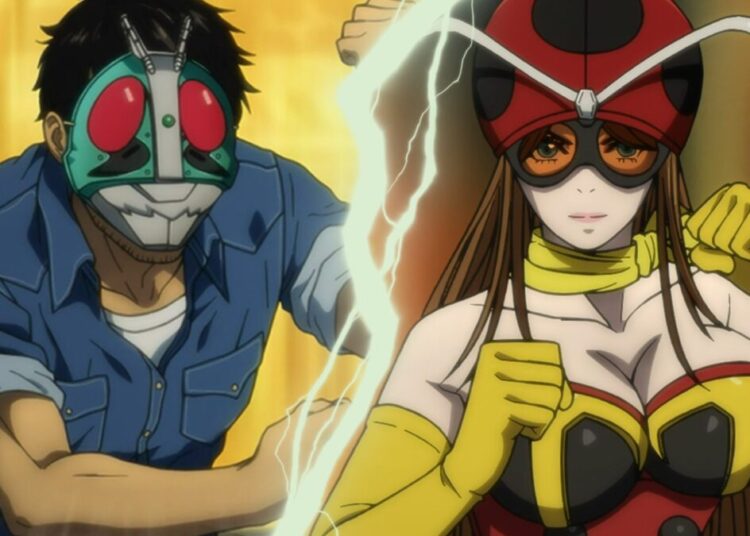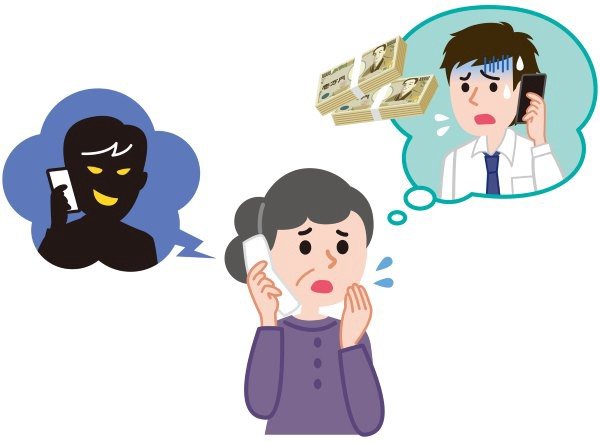Kamen Rider Zi-O is the final Kamen Rider series of the Heisei Era. It celebrated the last two decades of the franchise, but ended up being representative of the common grievances aimed at Heisei era Rider shows. As Japan’s Heisei era comes to a close and the new Reiwa era begins, so ends another chapter for Kamen Rider. The series about a cybernetic anti-hero on a motorcycle started during the Showa era, in 1979, and became one of Japan’s most iconic superhero franchises, alongside Super Sentai and Ultraman. From 1979 to 1989, this period of “Showa Riders” became known for sticking to the formula of the original Kamen Rider; that of a motorcycle-riding cyborg who uses the powers of his enemies against them. The tone of each show was notably dark and the costumes, while “cheap” by today’s standards, ranged from organically terrifying to cold and menacing — facets that would be consistent with every new Kamen Rider show during this time. After a decade long hiatus, the franchise returned in 2000 with Kamen Rider Kuuga and became the first series of the “Heisei Rider” era.
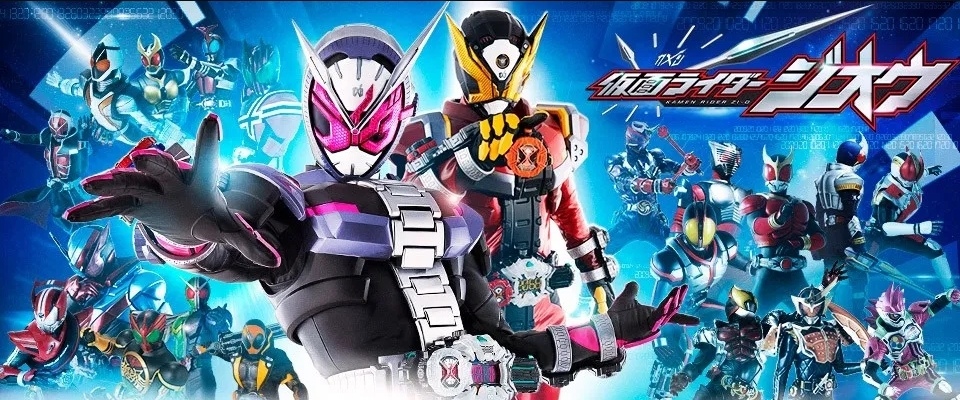
While the general motifs that made the show famous were mostly retained during the new era, each new series gradually adopt more outrageous motifs and it felt as if the show started to favor a more child-friendly atmosphere. This trend was most notable starting with Kamen Rider Den-O (2007), which became famous for its technicolor mascots and focused on comedy. Starting with Kamen Rider W in 2009, the series became based around collectible items that grant new forms and powers to each Rider. Even though the franchise was essentially a means to sell merchandise, the toys became integral to the plot of each show.
Kamen Rider Zi-O is about high school student Sougo Tokiwa (played by So Okuno) who has the unusual quirk of proclaiming his desire to become a king. One fateful day he comes across a mysterious object that is later revealed to be a Ridewatch, the collectible item this series revolved around. After being approached by a mysterious prophet named Woz (Keisuke Watanabe) and escaping an attack from Kamen Rider Geiz (Gaku Oshida), he then runs into a girl named Tsukuyomi (Shieri Ohata) who reveals that 50 years into the future Sougo has become an evil overlord named Oma Zi-O who has brought the world to destruction. She takes Sougo back in time to the year 2018, where the previous Rider series, Kamen Rider Build, took place. Here he meets the hero of the prior series, Sento Kiryu, aka Kamen Rider Build, and a monster called Another Build, which resembles a monstrous version of Build. Woz then returns and gives Sougo the power to transform into Kamen Rider Zi-O. Thus begins Sougo’s quest across time to collect the Ridewatches which contain all the power of the previous Riders from the Heisei Era by defeating the “Another Riders” — while trying to avoid his destiny of becoming the overlord Oma Zi-O.
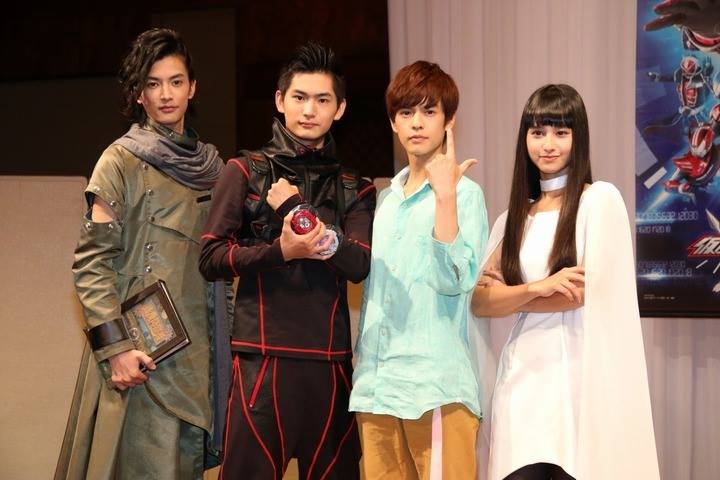
For the first quarter of the series, the show follows a formulaic plot about Sougo meeting prior Kamen Riders and their Another Rider spawn, before defeating them and collecting Ridewatchs to add to his arsenal of powers. As Zi-O is an anniversary series, one of its selling points was having fan-favorite actors reprise their previous roles. However, the way the show executed these cameos didn’t utilize the actors to their full extent, as the lore dictates that the Ridewatch’s existence requires the original owners to have never become Kamen Riders in the first place. The previous anniversary series, Kamen Rider Decade (2008), has been criticized for not having returning actors and instead choosing to create alternate realities for its Rider cameos, with new actors in the Rider suits. However, Decade left the continuity intact, whereas Zi-O’s dependence on time revision meant the actors may as well have been portraying new characters instead of the beloved ones fans expected.
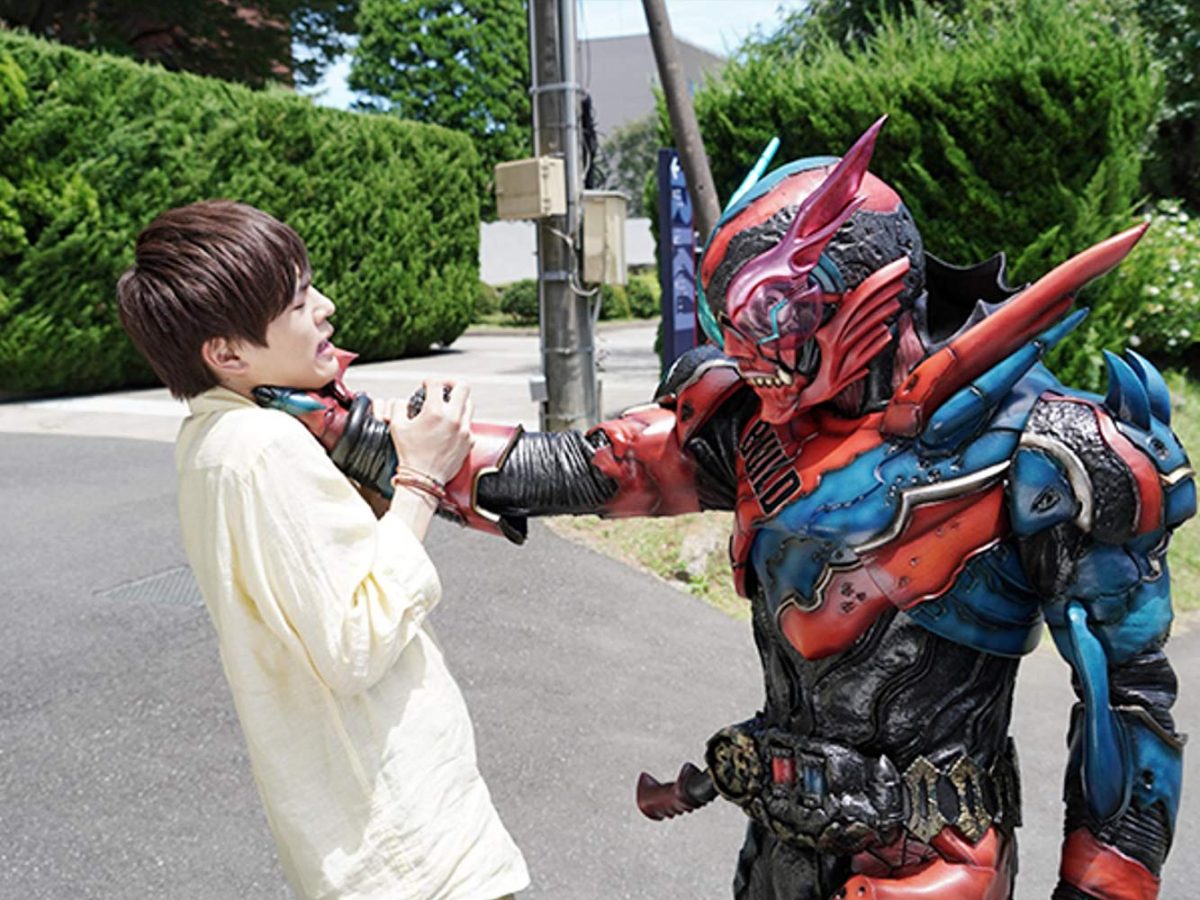
Once the series reaches its second half, the story tried to resolve the plot in a different way and instead integrated cameo appearances into the main plotline. While this does make the lore inconsistent and the explanation for this change is mainly in a quick one-liner, it makes for a more coherent show in general and even adds to the lore of previous shows. Notable examples of this are the Kamen Rider Blade tribute episodes, where the two main characters are brought back and the show’s original bittersweet ending is given a happier wrap-up, as well as the Kamen Rider Kabuto tribute episodes where it is solidified that the lore of each series happens in its own universe but are being merged into one. In addition, music from previous shows return as well and it is quite a treat to hear the aural nostalgia as Zi-O fights alongside his predecessors — which unfortunately also reinforces how many missed opportunities there were with the cameos in the first half of the show. The first half of the show’s focus on obtaining powerups rather than developing the world and characters left the series feeling rushed, with the explanations regarding time travel and world lines relegated to simple conversational expositions.
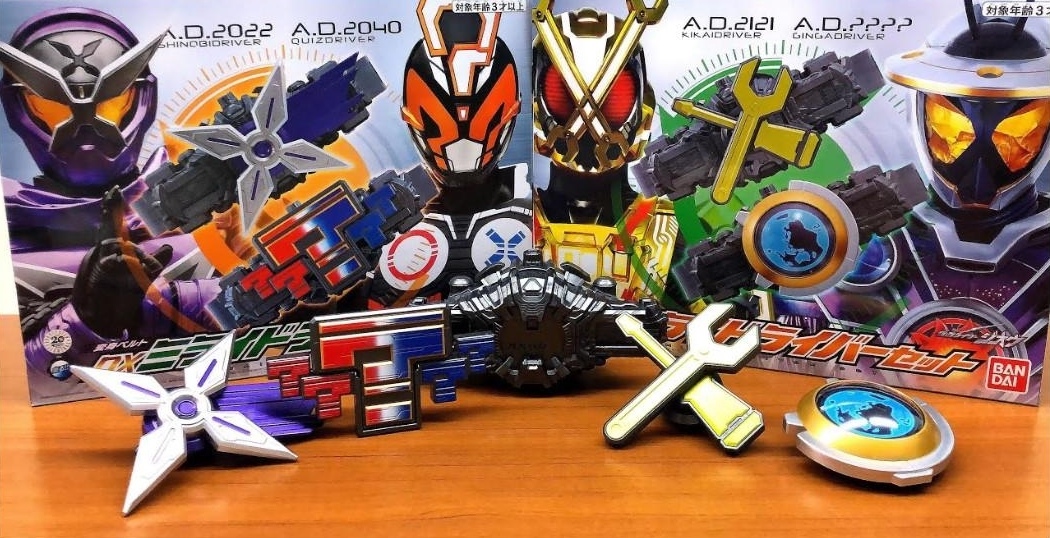
One of the high points of Kamen Rider Zi-O would definitely be the hypothetical “Future Riders.” Kamen Riders Shinobi, Quiz, and Kikai are introduced as conceptual ideas for possible future Kamen Rider protagonists with their own unique powers and equipment. In an anniversary series about revisiting the past, it is a treat to see something new that could potentially return in an upcoming series, although in reality, this would probably be these characters’ only appearance.
The biggest draw is the return of actor Masahiro Inoue in his role as Kamen Rider Decade. Formerly the protagonist of the prior anniversary series in 2008, Decade returned as more than just a cameo, but as a main character. Decade is a force of nature, with Inoue seemingly in a constant state of smugness — very fitting for a dimension-hopping world-destroyer. In comparison to protagonist Sougo’s unusual and overly naive personality, Decade acts as both a foil to Sougo and a nice break for viewers wanting to see a hero who is more in control.
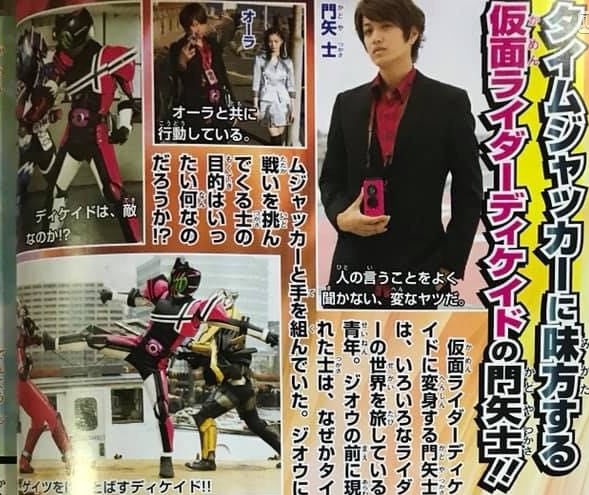
If there was one word to describe Zi-O as a show, it would be “demotivating.” As of the writing of this review, it has been over six weeks since the finale of Zi-O. With a lackluster plot, subpar character writing, and unsatisfying anniversary cameos, Kamen Rider Zi-O relied on its status as an anniversary series and superfluous tangents. It seems unfortunate that the final series of the Heisei era ends on a sour note. However, this gives hope that as Japan goes forth into the Reiwa era, so does the Kamen Rider series. The next series, Kamen Rider Zero-One is a chance to begin the era of Reiwa Riders with a fresh start.


